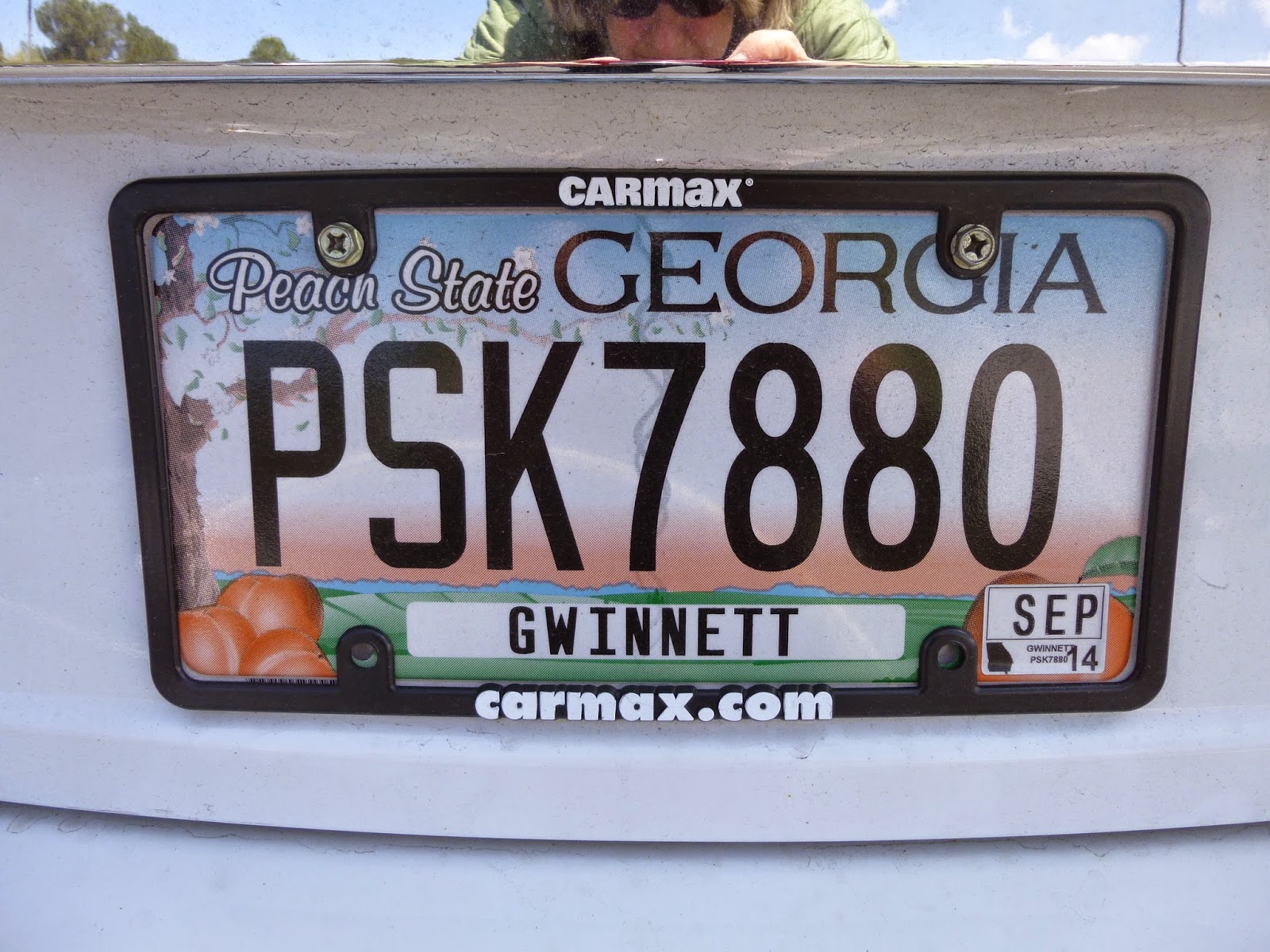April 6 - 10, 2014
On Sunday, we left Trails End heading west on U.S. 49 to Charlotte, NC where we caught I-85 south to Greenville, SC and on towards Clemson, SC, home of Clemson University. Clemson, along with Georgia Tech in Atlanta and ITT (the Institute of Textile Technology) in Charlottesville, were the big southern schools for textile studies.
With heavy rain forecasted, we holed up in a lakeside cabin on Lake Hartwell near Townville, SC. Not wanting to venture out at ALL on Monday, I finished sewing half of a quilt top with my old Singer featherweight machine.
On Tuesday, the sun broke through and I visited the Cooper Library at Clemson where I was able to catch up on some journal articles and market research in the apparel and textile field.
Wednesday morning, we made tracks again in a southwestly direction towards Dallas. We passed right through downtown Atlanta where I-85 south connects with I-20 west.
Crossing into Alabama, we changed over to the Central time zone and by late afternoon, we found ourselves in Tuscaloosa, home of Pete Wesselhoeft, a long-time Barnstable summer resident. Pete died in 2011, but his obituary makes good reading. He had an entrepreneurial spirit, to say the least, and was a great friend of my Aunt Frances.
Taking a break from the road, we decided to stay two nights at Deerlick Creek Park, an impressive campground built by the Army Corps of Engineers. Many of the sites are built on stilts cantilevered out of over a steep hillside that goes down to a muddy, not too impressive, man-made lake.
























.JPG)


.JPG)
.JPG)







.JPG)
